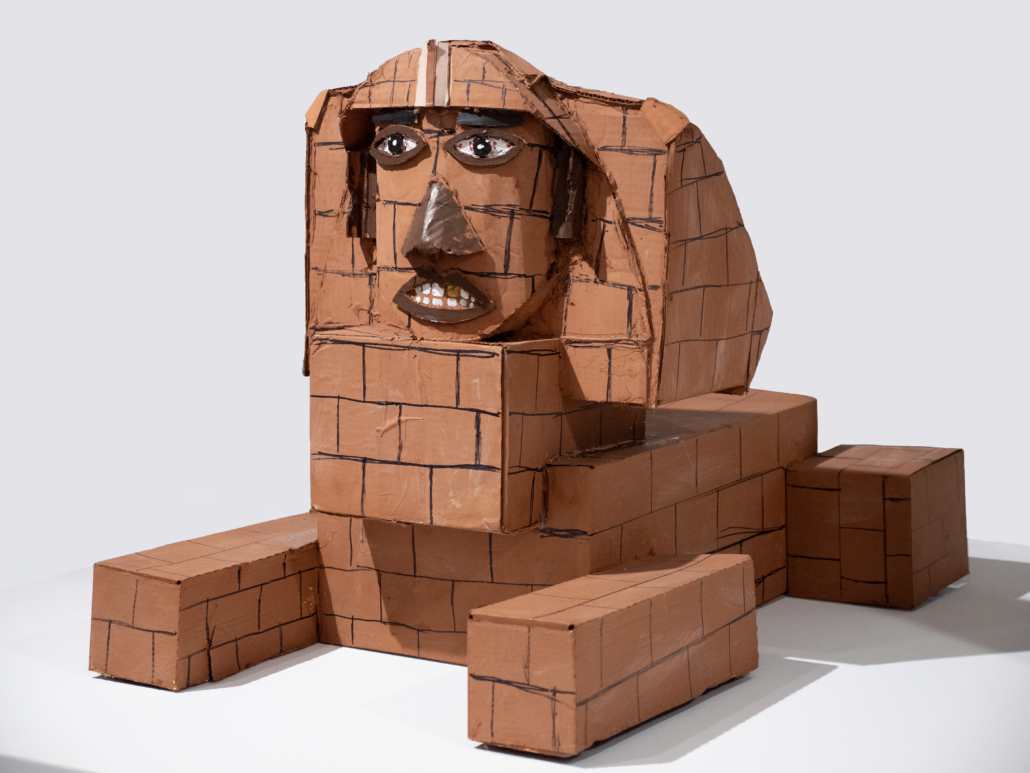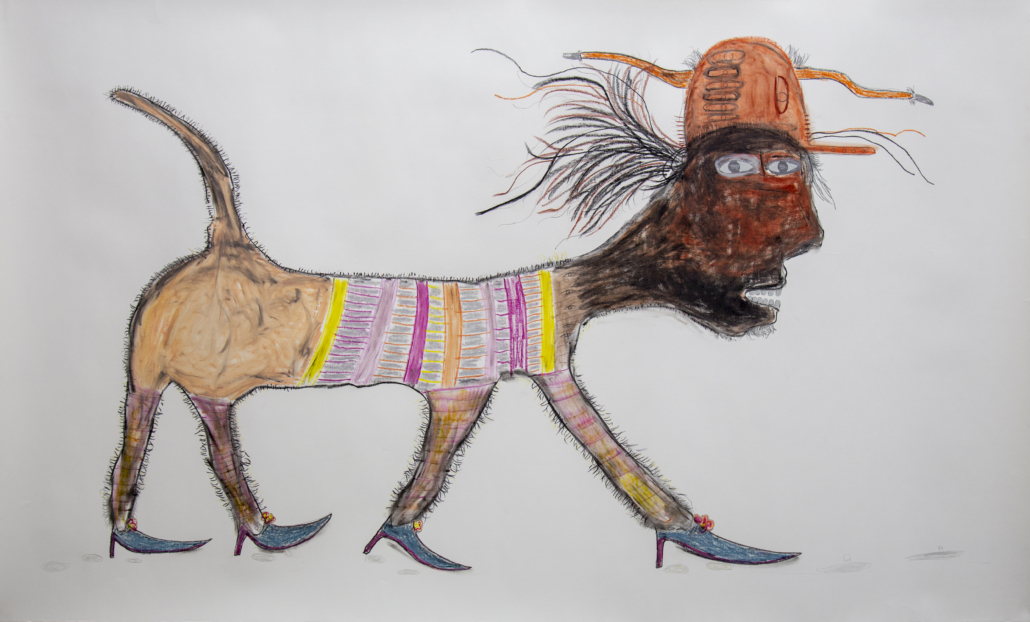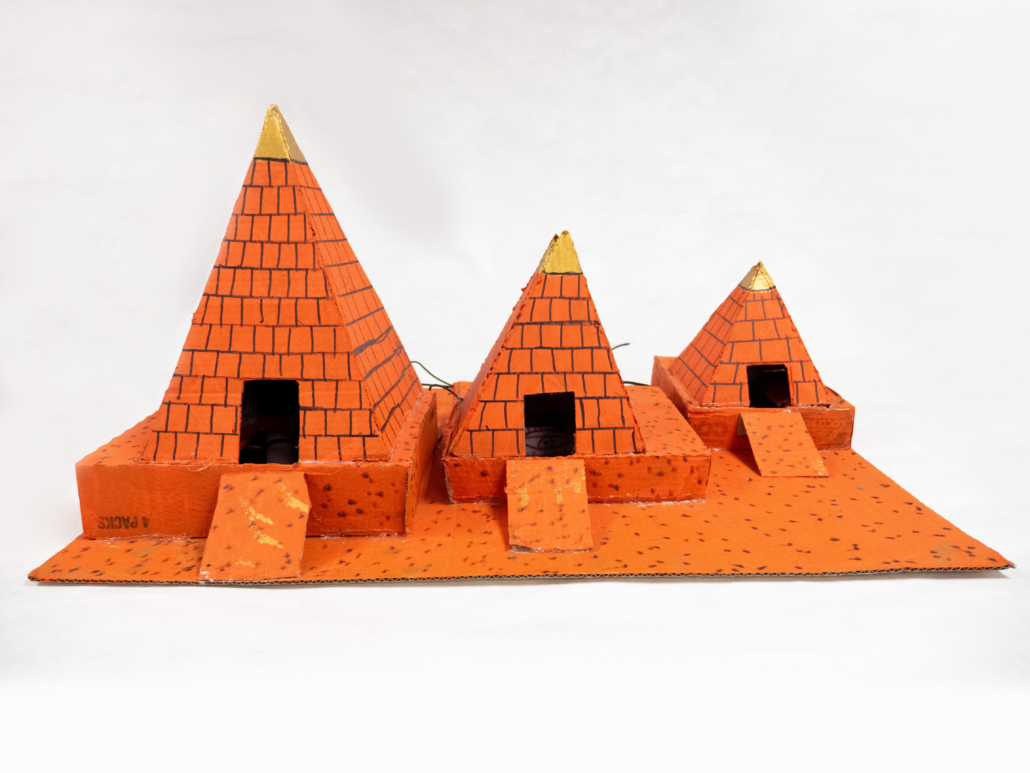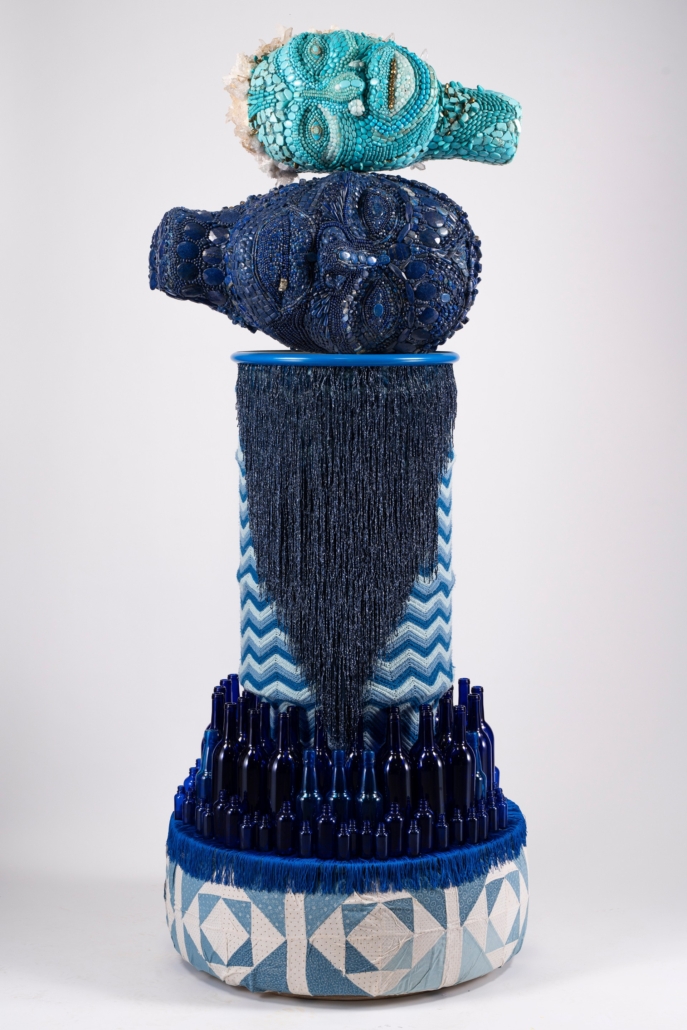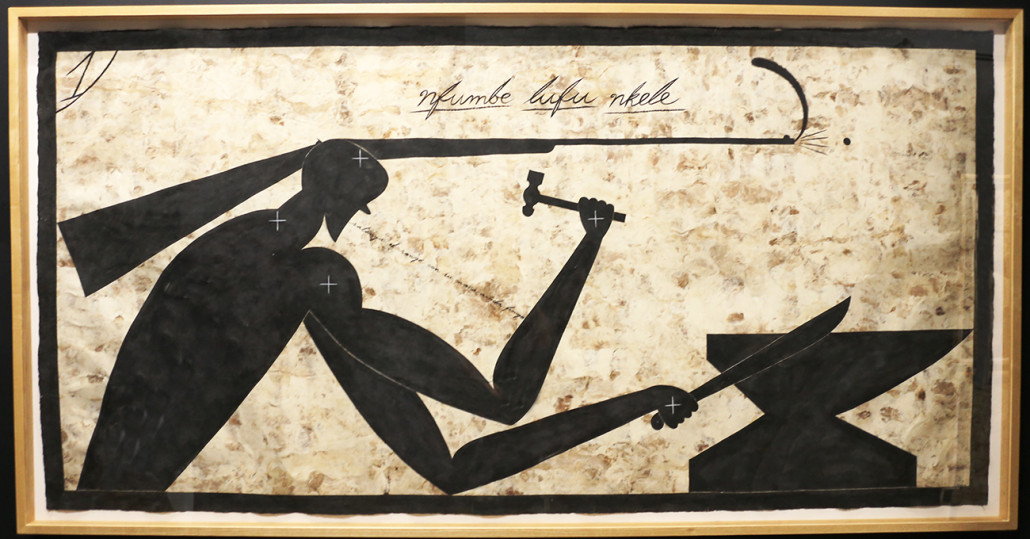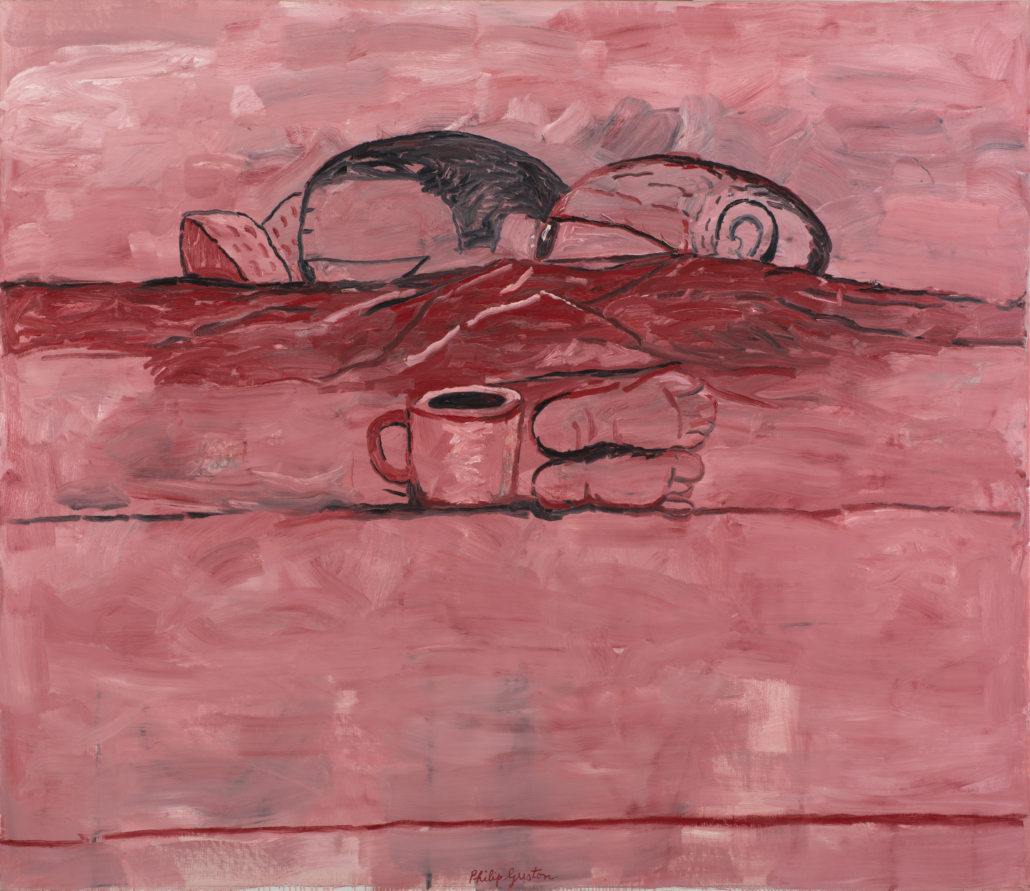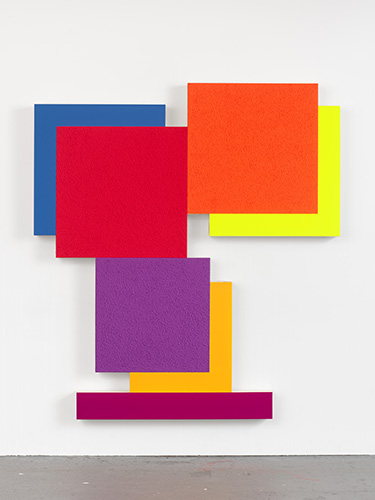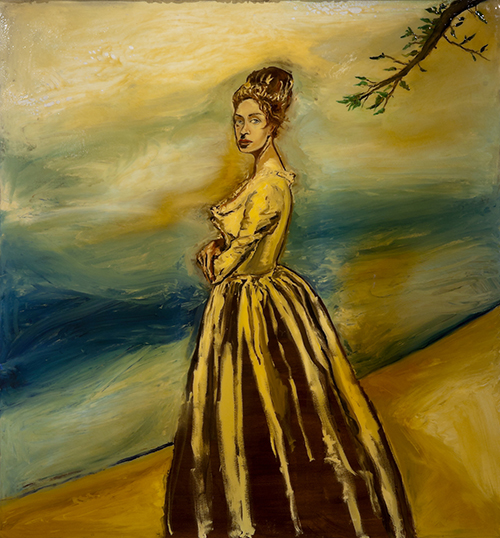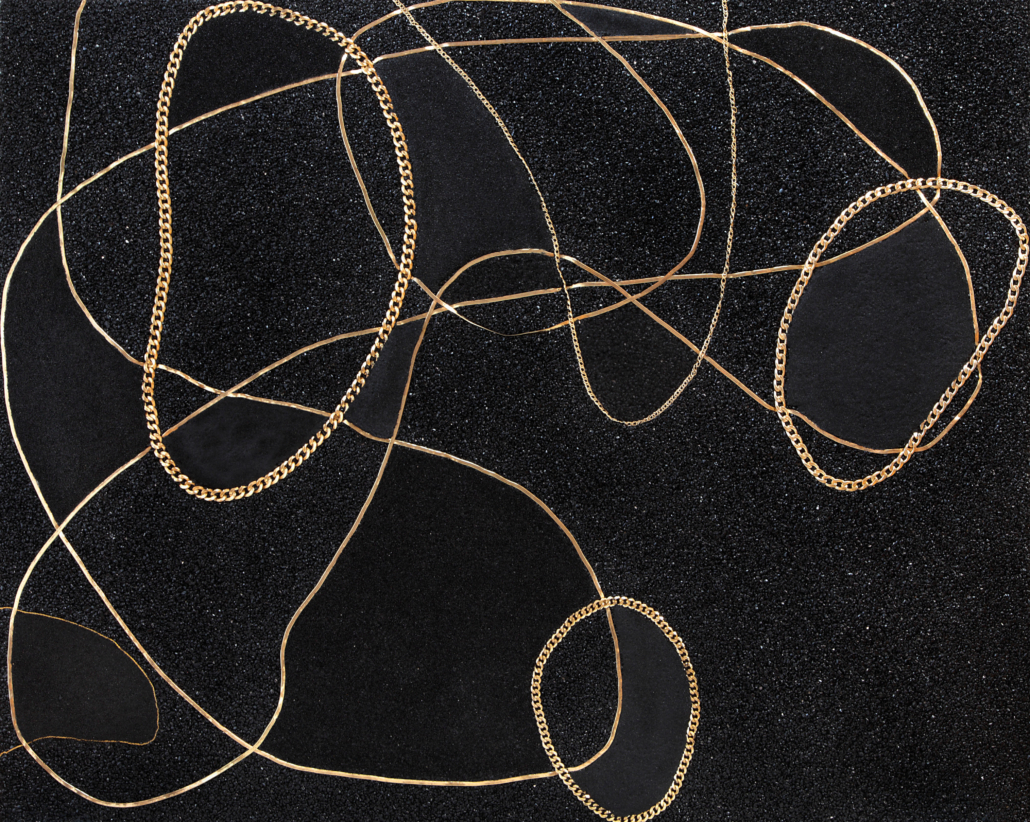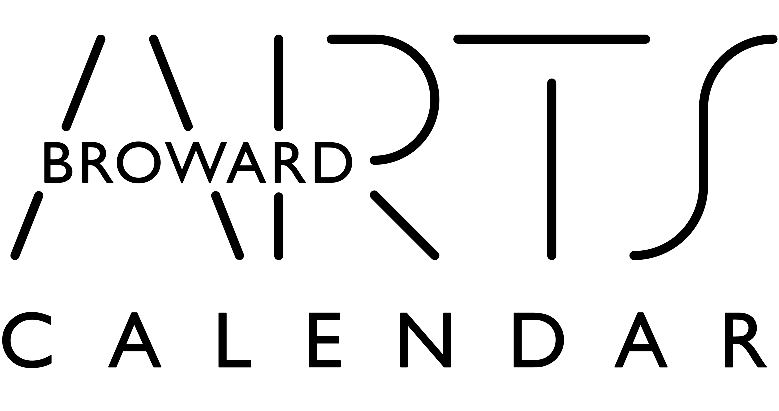The Riddle of the Sphinx and Other Mysteries
Opens May 30, 2025
Since prehistoric times, humans have used images and geometric forms to convey belief systems, stories, and personal experiences. Even abstract art is shaped by cultural, political, and personal perspectives, conveyed through choices in shape, color, and reference. While certain symbols are widely understood within a certain time and place, their meanings become obscured as they drift away from their original context. As ideas and objects circulate across time and cultures, meanings shift and evolve.
The figure of the monumental Great Sphinx of Giza in Egypt exemplifies this transformation of meaning. With a body of a lion and a human head whose face is thought to depict that of King Khafre (c. 2575-c. 2465 BCE), this creature is a powerful symbol of authority, strength and guardianship. 1,000 years later, during Egypt’s Second Kingdom, it became associated with the sun god Hor-em-akhet. It wasn’t until 2,000 years after its construction, when Giza had become a tourist destination in Graeco-Roman times, that the commonly used name “Sphinx” was given to it, as a reference to the Greek mythological hybrid beast, which has the head of a woman (cat or falcon) and a winged lion’s body. The Greek Sphinx was a creature who posed riddles, most famously in Sophocles’ 5th century BCE tragedy Oedipus Rex, where solving a puzzle became a matter of life and death. In this way, the Sphinx became a symbol of games, mystery, and interpretation.
The exhibition also debuts recent acquisitions made possible by the Curator Circle Members, whose contributions continue to enrich the Museum’s support of contemporary art and artists. These new additions highlight the evolving nature of symbolism and the ongoing dialogues between cultures, times and traditions.

